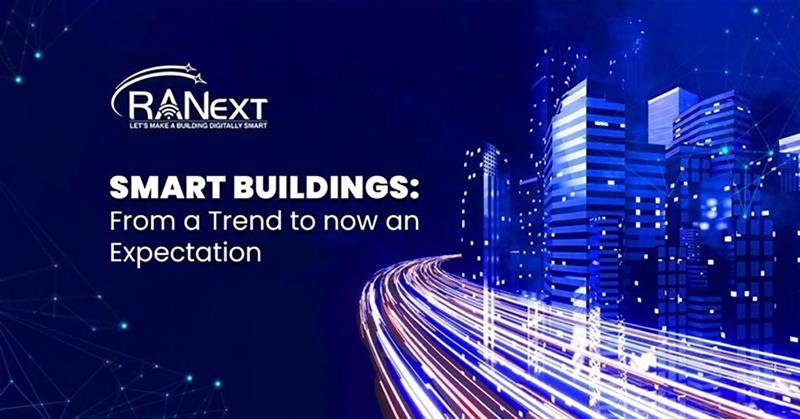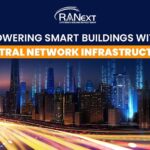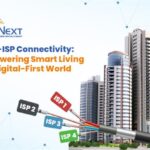The idea of Smart Buildings has evolved in recent times. Once considered as a symbol of luxury, they’re now baseline expectations in today’s digital-first lifestyle. As technology continues to weave itself in every aspect of our life, fast and reliable connectivity solutions are must-haves. Today’s home buyers, tenants, and business owners don’t just demand smart features, they expect it to be integrated in every property they invest in.
Further, the bar for “smart” has risen manifolds, with the question no longer being “does this property have smart features?”. It’s about “how advanced, seamless, and future-ready is the technology that powers it?”
From a Trend to now an Expectation: The Evolution of Smart Buildings
About a decade ago, terms like “smart homes” or “smart offices” were buzzwords that real estate developers used as fancy terms to attract buyers, but that’s no longer the case. In today’s era of work-from-anywhere, virtual collaborations, online learning and digital-first lifestyles, tech features such as ultra-high-speed Wi-Fi, intelligent security systems, smart access controls, video intercoms etc. have become essential parts of living and working.
In short, a real estate asset being smart and enabled with such features is no longer the end goal; it’s now the starting point.
What are the factors driving this shift?
An overall digital-first lifestyle – with homes being equipped with smart devices, streaming platforms as the biggest source of entertainment, the rise of ecommerce and online shopping, IoT appliances, and more.
In a digital environment of this magnitude, real estate developers simply cannot afford to build projects without advanced digital readiness. It has become a key decision-making factor, especially for young buyers, and if developers don’t respond to this need, they risk being left behind in an increasingly competitive landscape.
Connectivity: Core Infrastructure enabling Smart Buildings
Real estate benchmarks have evolved from just location, square footage, and amenities to a property that guarantees always-on, ultra-fast, and scalable connectivity besides the traditional factors. Today’s buyers look for features such as robust reliability, bandwidth flexibility, and the freedom to choose between multiple ISPs – essentials that can make or break a deal.
This is exactly where Neutral Network Infrastructure (NNI) enters as a game changer – delivering a neutral, future-proof, and shared digital connectivity backbone for buildings by allowing multiple Internet Service Providers to operate on a single, non-exclusive fibre network.
Why should Developers care?
For real estate developers, adapting to this shift is the key to staying relevant, and is rewarding in many ways –
· Tech-enabled spaces command premium pricing and have quicker sales cycles.
· Digitally enabled spaces have a competitive edge in a crowded real estate market, making them more attractive to both homebuyers and business owners.
· Seamless digital experiences improve the overall tenant experience and lead to longer retention and loyalty.
· Your property’s infrastructure is ready for future tech upgrades, which makes it ideal for long-term investment.
The RANext Advantage
At RANext Technologies, we’ve not only seen this transformation first-hand, but also shaped this shift with our Fibre Infrastructure solutions. We’ve helped developers nationwide to redefine connectivity with state-of-the-art Neutral Network Infrastructure (NNI) fibre solutions – be it landmark residential complexes or expansive commercial developments.
With RANext as your Fibre Infrastructure partner, connectivity becomes a core differentiator – making your property smarter, scalable, and ready for the future.



